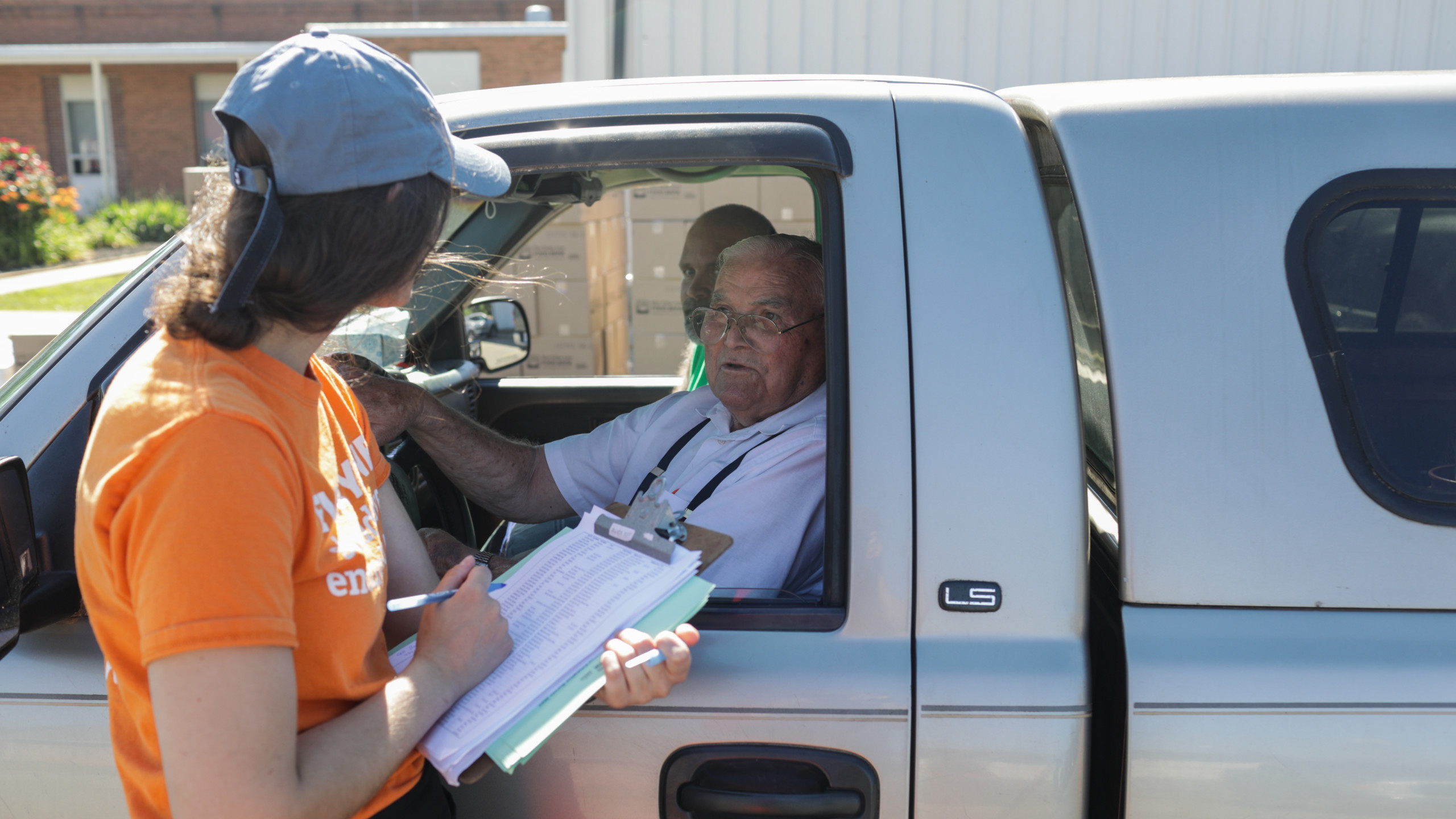[The following is a summary of material presented in a virtual CEO Forum event on September 1, 2022. You can watch the recording here.]
By Michael McKee, CEO
At the Food Bank, we often say “food is medicine.” We believe that brighter tomorrows begin with good food today, which is why we work diligently with our partners to ensure that everyone has enough nutritious food to eat.
In the last several months, we’ve seen an increase in people seeking food assistance due to inflation. At the same time, there has been a drop in food supplied to the Food Bank from federal sources like the USDA. To make up for that, we are purchasing a lot more food to meet the demand in our community as we head into the fall and winter. We can afford to spend more on food thanks to the generous support we receive from the community.
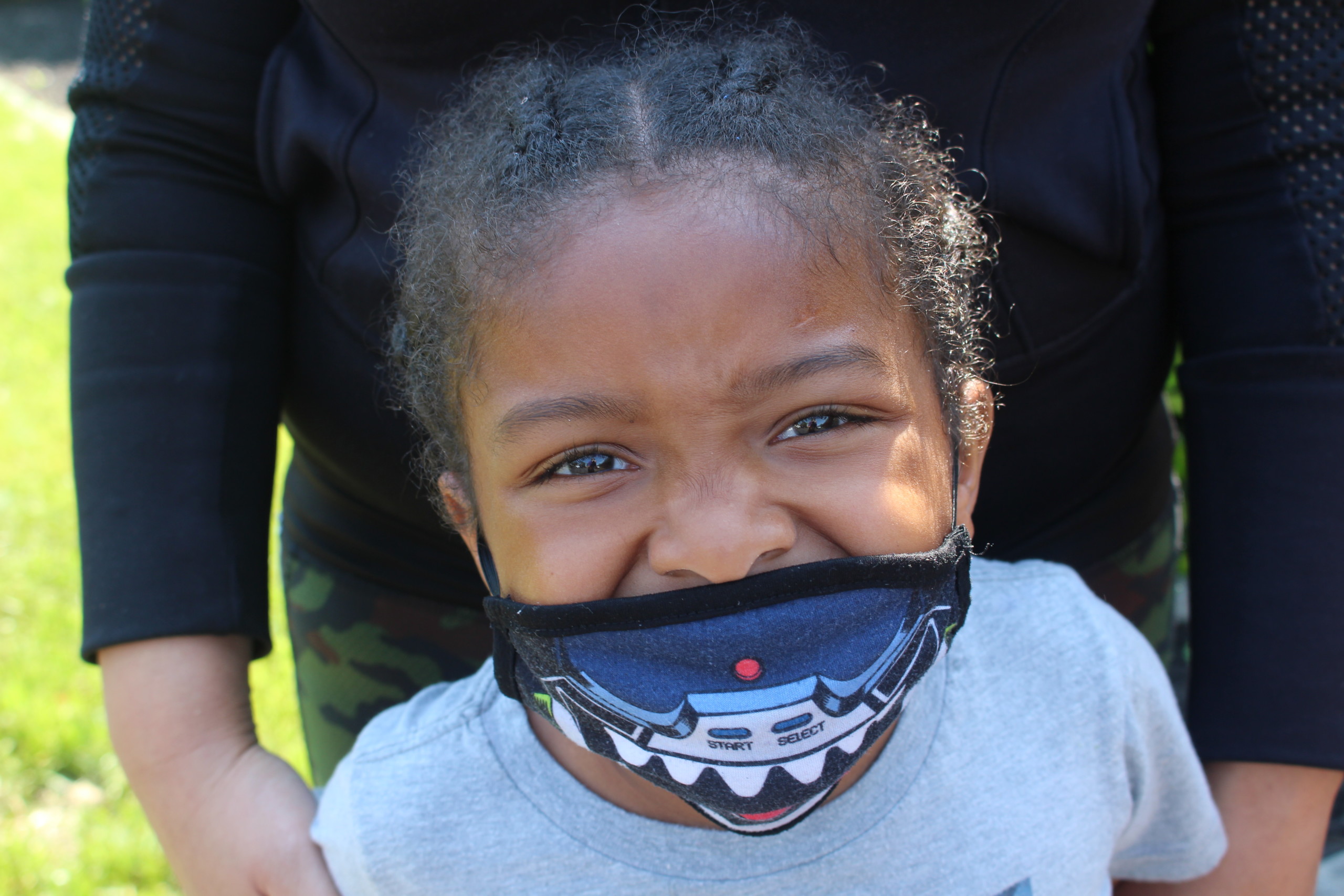
You play a major role in helping address food insecurity and nutrition insecurity in our service area. Here’s how your generosity has helped your neighbors in the past year (July 2021 through June 2022):
- Nearly 110,000 individuals were served monthly on average. We conservatively estimate that we are providing food to about 165,000 unique individuals (unduplicated) throughout the year.
- Almost 25 million pounds of food (the equivalent of nearly 21 million meals) were distributed in our area.
- Of the total amount of food distributed, more than 7 million pounds was fresh produce.
Of course, the numbers only tell part of the story. Outside of the pounds of food, the number of people, and the plates filled together we provided something less tangible, but just as valuable: Hope.
Standing stronger… and providing hope
A good example of the hope you are giving can be found in the story of Blanca and Emily. We met Blanca and her 14-year-old daughter, Emily, at Hope Again Care Center in Winchester. Emily, who translated for her mom during our visit, has a 19-year-old brother and a 10-year-old sister.
A single mom, Blanca does whatever she can to provide for her family through the wages she earns from her job at a local hotel. But inflation is taking a toll on her finances. Whenever she needs help with the grocery bill, she goes to Hope Again.
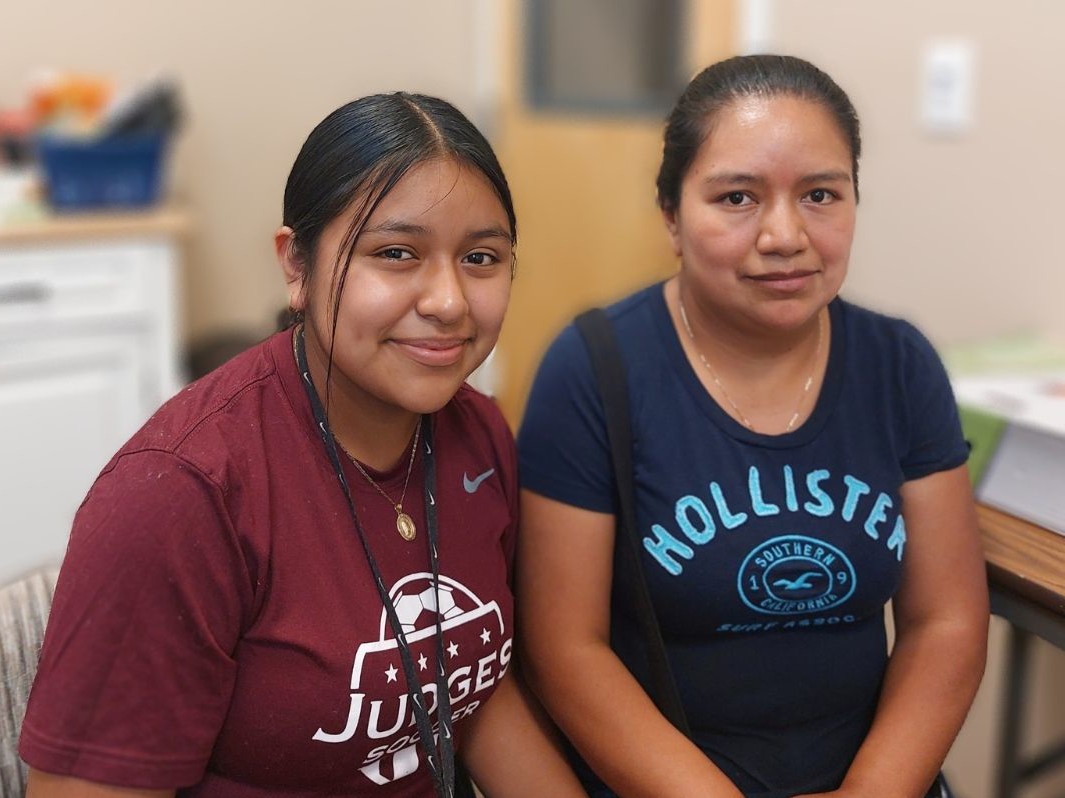
Blanca shared her gratitude to the pantry for providing fresh produce, rice, beans, and other items that she and her family are familiar with and that support a healthy lifestyle.
Single moms like Blanca represent the largest share of adults who are using food assistance services and programs throughout our region. With only one income and the growing expense of childcare, it is especially challenging for these households to feed their families. A growing number of our guests are also immigrants and refugees who are often working in the hospitality or service industries for low wages. Many are finding it hard to make ends meet now. We are so grateful that with your support, we can make their lives a little easier by providing enough good food to eat.
– Blanca, Pantry Guest
Standing stronger… in our promise to provide healthy food
When we say good food, what we really mean is food that is rich in nutrients. With help from our friends at James Madison University, we developed a tool called Nourish that helps us measure the nutrient density of the food we are purchasing and distributing to the community. All the food that we buy is categorized: Green – for the most nutritious food, which can be enjoyed regularly, Yellow – for food that should only be eaten sometimes, and Red – for the least nutrient-dense food that should be eaten only rarely. In the last year, only four percent of the food we purchased fell into the red category. Also, nearly half of the food we distributed was fresh or perishable.
Standing stronger… with our partners
Our network is made up of 220 partner food pantries, soup kitchens, and shelters and 191 Nutrition Program partners—including schools, clinics, and community centers. We work together with our partners to distribute food to families facing nutrition insecurity in our service area. We literally couldn’t do what we do without them.
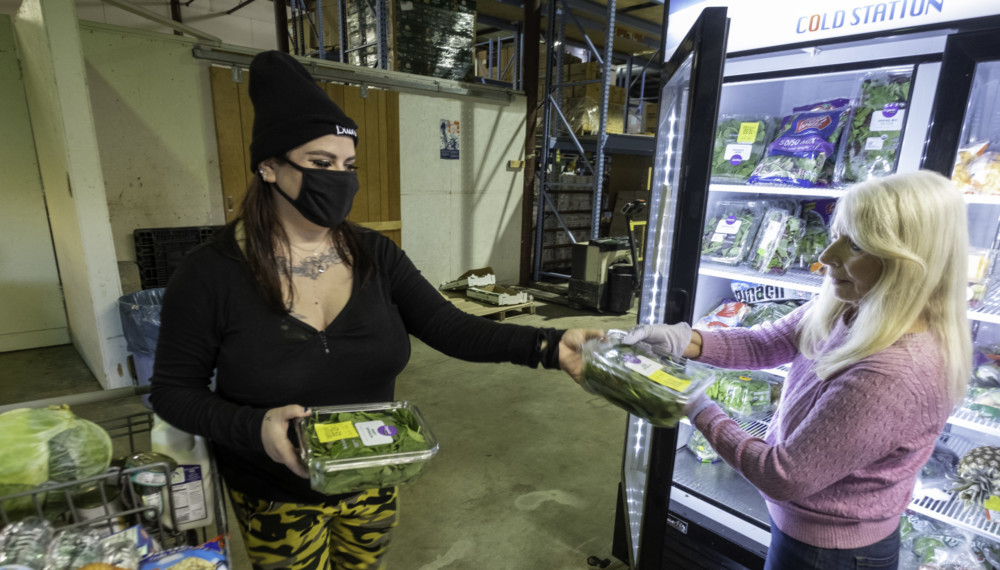
That’s why the Food Bank prioritizes investing in our network with Partner Innovation & Impact Grants (formerly the Agency Capacity Fund), which helps our partners to:
- Create a dignified, welcoming experience for guests
- Expand so they can serve more people and more healthy food
- Make their work easier with necessary tools and technology
- Improve the volunteer experience so they can retain their workforce
Thanks to your support, over the last six years, we’ve invested $4.1 million in our partners to build the capacity of our distribution network. The 2022 grants include commercial coolers and freezers, trucks and vans, technology, interior and exterior facility improvements, cookbooks and cookware for guests, supplies to install a community garden, and shopping bags and boxes.
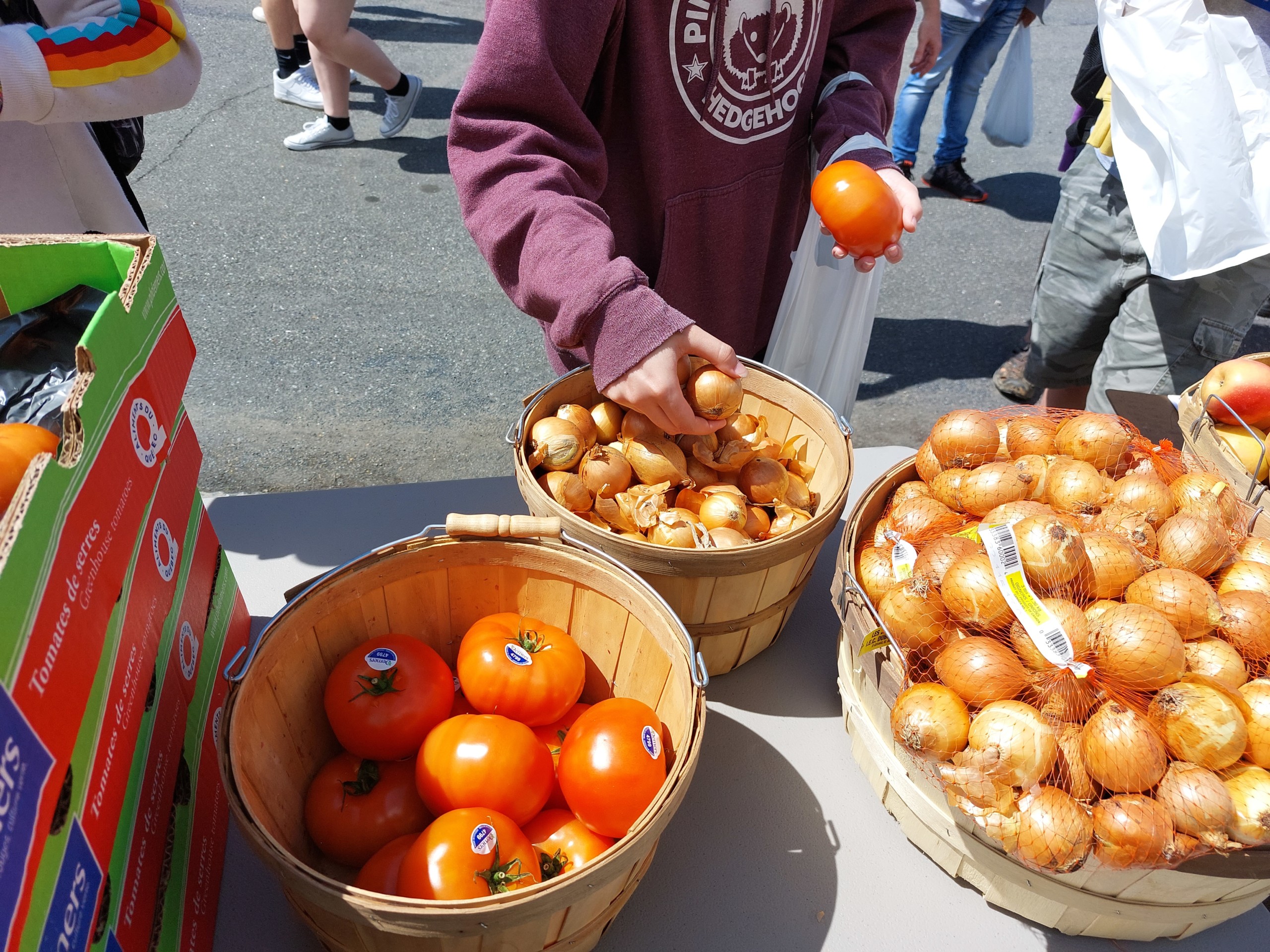
Standing stronger… and innovating
The Food Bank aims to help our partners, not only with their future longevity, but also with solving the problems that our communities face today. One example of this is our program, Good Food School Market (GFSM). We opened a new GFSM in partnership with Central High School, located in Woodstock, this past spring. This effort was largely organized and spearheaded by students.
The high school seniors wanted to address hunger in their community in a place that was convenient and accessible to their peers. So, with help from the Food Bank, they deliver food not only to fellow students and families, but to teachers, staff, and bus drivers as well.
The Food Bank currently has GFSM programs running out of Central High School and Harrisonburg High School and Broadway High School in Harrisonburg, and we are working with Charlottesville City Schools to introduce a GFSM at Buford Middle School in the weeks ahead.
Standing stronger… with our volunteers
Like our partners, our Food Bank volunteers are so important to our mission. In the past year, volunteers have contributed 26,000 hours, which is the equivalent of 14 staff positions. They do critical work in our warehouses, at our distribution sites, and our offices.
We can’t begin to express how grateful we are to volunteers for their help, not only in improving and expanding our own operations, but also for working in direct and meaningful ways to address food insecurity in their communities. Our staff, partners, and guests all love and appreciate the support of our wonderful volunteer family.
We think volunteer Don Enslen encapsulates how a lot of volunteers feel about their service for the Food Bank:
“I enjoy doing it. I’m just happy loading food and unloading it, and keeping stuff stocked. You gotta do some good in this world before you leave.”
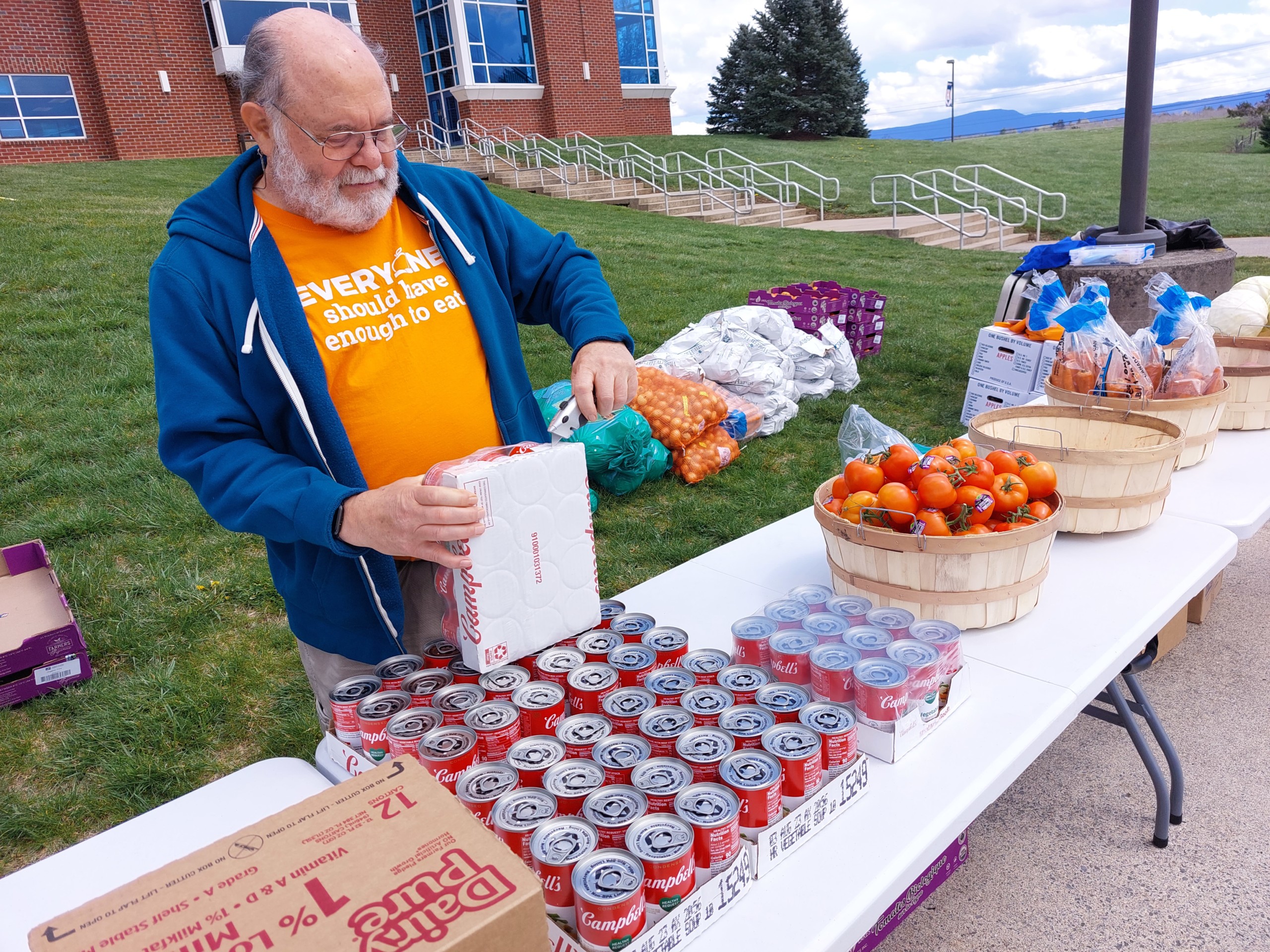
Standing stronger… and working together
We are so grateful to the volunteers, partners, and donors who are working so hard to bring our vision to life: A future where everyone has enough to eat. If you’d like to get involved in our organization in a meaningful way, now is the perfect time! It’s Hunger Action Month, and we are calling on all our supporters to take action to address hunger locally. Here’s what you can do next:
- Donate to the Food Bank and your local food pantry
- Organize a food or fund drive for your work, church, school, team, or community
- Volunteer at the Food Bank, at your local pantry, or with other groups providing food
- Learn more about hunger in the Blue Ridge area by visiting our website and following us on social media
- Raise your voice – subscribe to our Advocacy Alerts e-newsletter
Thank you for standing with us. Solving hunger is a community-wide effort—we are better together!

